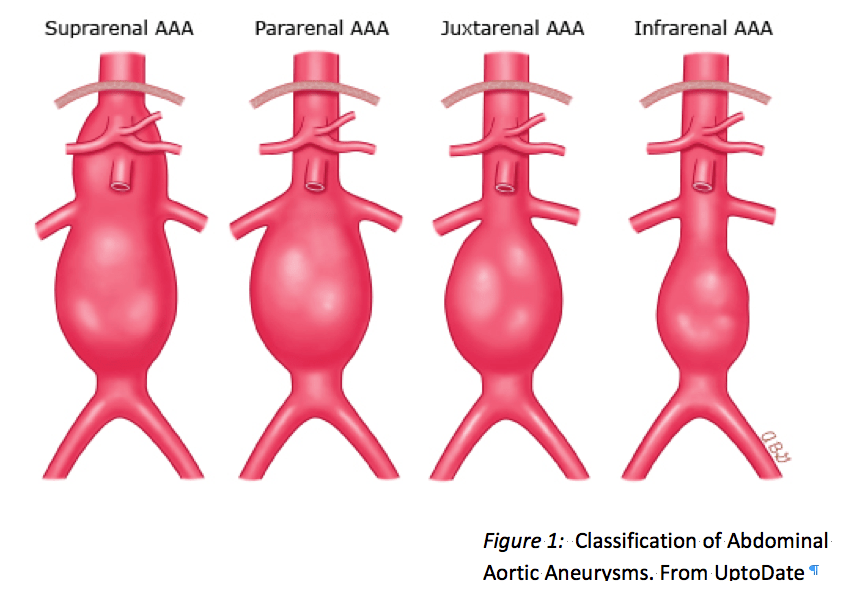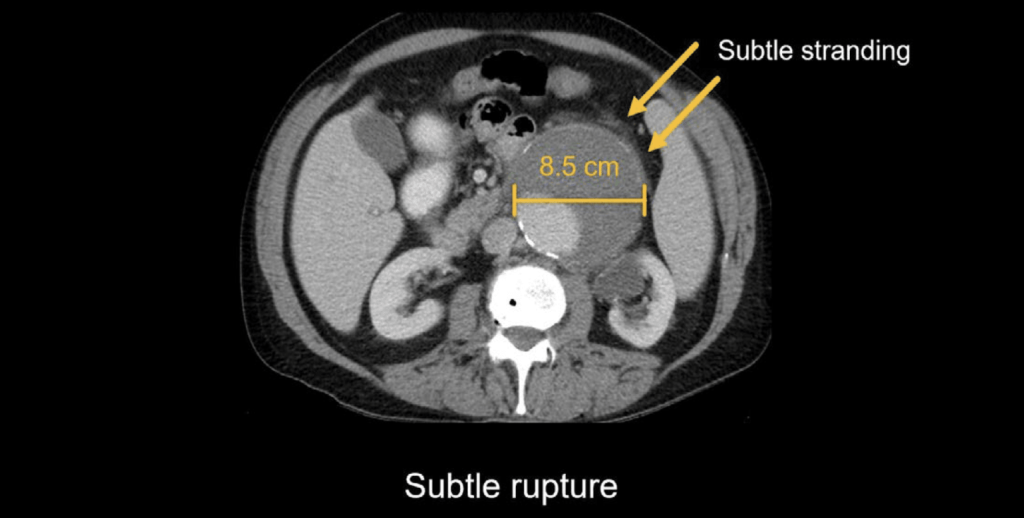An abdominal aortic aneurysm, often abbreviated as AAA, is a potentially life-threatening condition that involves the enlargement or bulging of the main blood vessel in the abdomen. This vessel, known as the abdominal aorta, plays a crucial role in supplying blood to various parts of the body. When this artery weakens and expands, it can pose serious risks, including rupture, which may lead to severe internal bleeding and even death. Understanding the causes, symptoms, diagnosis, and treatment options for this condition is essential for early detection and management.

What Is the Abdominal Aorta?
The abdominal aorta is the largest artery in the human body, extending from the heart down through the chest and into the abdomen. It serves as the primary conduit for oxygen-rich blood to reach vital organs, tissues, and extremities. As it travels through the abdomen, the aorta branches off into smaller arteries that supply blood to the kidneys, intestines, liver, and other organs. Given its critical role in circulation, any damage or abnormality in the abdominal aorta can have significant consequences for overall health.
How Does an Aneurysm Develop?
An aneurysm occurs when the walls of an artery weaken and begin to bulge outward. In the case of the abdominal aorta, this weakening can result from a combination of factors, including age, genetics, and lifestyle choices. Over time, the constant pressure of blood flowing through the artery can cause the weakened area to expand, forming what is known as an aneurysm. If left untreated, the aneurysm may grow larger and eventually rupture, leading to catastrophic complications.
Common Causes of Abdominal Aortic Aneurysms
- Aging: The natural aging process can lead to the gradual weakening of arterial walls, making older adults more susceptible to developing aneurysms.
- Smoking: Tobacco use is one of the most significant risk factors for abdominal aortic aneurysms. Smoking damages the lining of blood vessels and accelerates the breakdown of connective tissue, increasing the likelihood of aneurysm formation.
- High Blood Pressure: Persistent hypertension places additional stress on the walls of the aorta, contributing to their weakening over time.
- Genetic Factors: Individuals with a family history of aneurysms are at higher risk of developing the condition themselves. Certain inherited disorders, such as Marfan syndrome and Ehlers-Danlos syndrome, can also predispose someone to aneurysms.
- Atherosclerosis: The buildup of fatty deposits, or plaques, within the arteries can weaken their structure and increase the risk of aneurysm development.
Symptoms of Abdominal Aortic Aneurysms
One of the most challenging aspects of abdominal aortic aneurysms is that they often do not produce noticeable symptoms until they reach a critical stage. Many individuals with small or moderate-sized aneurysms may remain asymptomatic for years. However, as the aneurysm grows larger, certain signs may become apparent.
Possible Warning Signs
- Abdominal Pain: Some people may experience a deep, throbbing pain in the abdomen or lower back. This discomfort may come and go or persist over time.
- Pulsating Sensation: A noticeable pulsation or throbbing sensation near the navel can sometimes be felt, particularly when lying down.
- Chest or Back Pain: In some cases, the pain may radiate to the chest or upper back, mimicking symptoms of other conditions such as heart attacks or kidney stones.
When to Seek Immediate Medical Attention
If an aneurysm ruptures, it can cause sudden and severe symptoms that require emergency care. These include:
- Intense abdominal or back pain that comes on suddenly
- Dizziness or fainting
- Rapid heart rate
- Low blood pressure
- Shock-like symptoms, such as cold, clammy skin and confusion
Diagnosing Abdominal Aortic Aneurysms
Because many aneurysms do not present symptoms in their early stages, diagnosis often occurs during routine medical examinations or imaging tests performed for unrelated reasons. Healthcare providers use several methods to confirm the presence of an aneurysm and assess its size and location.
Screening and Risk Assessment
Screening for abdominal aortic aneurysms is typically recommended for individuals who are at higher risk due to factors such as age, smoking history, or family history. Men aged 65 and older, especially those who have smoked, are often advised to undergo screening using ultrasound imaging. This non-invasive test uses sound waves to create images of the aorta and detect any abnormalities.
Imaging Techniques for Diagnosis
- Ultrasound: This is the most common and least invasive method for diagnosing aneurysms. It provides clear images of the aorta and helps measure the size of the aneurysm.
- CT Scan: Computed tomography scans offer detailed cross-sectional images of the aorta and surrounding structures. They are particularly useful for assessing the extent of the aneurysm and planning surgical interventions.
- MRI: Magnetic resonance imaging provides highly detailed images without the use of radiation. It is often used for patients who cannot undergo CT scans due to allergies or other contraindications.
Treatment Options for Abdominal Aortic Aneurysms
The treatment approach for an abdominal aortic aneurysm depends on several factors, including the size of the aneurysm, its rate of growth, and the patient’s overall health. Small aneurysms that are not causing symptoms may only require regular monitoring, while larger or rapidly growing aneurysms may necessitate more aggressive interventions.
Monitoring and Lifestyle Changes
For individuals with small aneurysms, healthcare providers may recommend regular follow-up appointments and imaging tests to monitor the condition. In addition, making certain lifestyle changes can help reduce the risk of complications:
- Quitting smoking to prevent further damage to arterial walls
- Managing high blood pressure through medication and dietary adjustments
- Adopting a heart-healthy diet rich in fruits, vegetables, whole grains, and lean proteins
- Engaging in regular physical activity to improve cardiovascular health
Surgical Interventions
In cases where the aneurysm poses a significant risk of rupture, surgery may be necessary to repair or replace the damaged section of the aorta. There are two primary surgical approaches:
- Open Repair: This traditional method involves making an incision in the abdomen to access the aorta. The surgeon removes the weakened portion of the artery and replaces it with a synthetic graft.
- Endovascular Repair: A less invasive option, endovascular repair involves inserting a stent graft through small incisions in the groin. The stent reinforces the weakened area of the aorta from the inside, reducing the risk of rupture.
Preventing Abdominal Aortic Aneurysms
While not all cases of abdominal aortic aneurysms can be prevented, certain measures can significantly reduce the risk of developing the condition or slow its progression. Proactive steps include:
- Avoiding tobacco products to protect the integrity of blood vessels
- Maintaining a healthy weight to reduce strain on the cardiovascular system
- Controlling cholesterol levels through diet and medication if needed
- Undergoing regular check-ups, especially for individuals with known risk factors
Educating Yourself and Others
Raising awareness about abdominal aortic aneurysms is crucial for early detection and prevention. By understanding the risk factors and recognizing potential symptoms, individuals can take charge of their health and seek timely medical attention when necessary. Encouraging loved ones to adopt healthy habits and undergo appropriate screenings can also make a significant difference in preventing complications associated with this condition.





